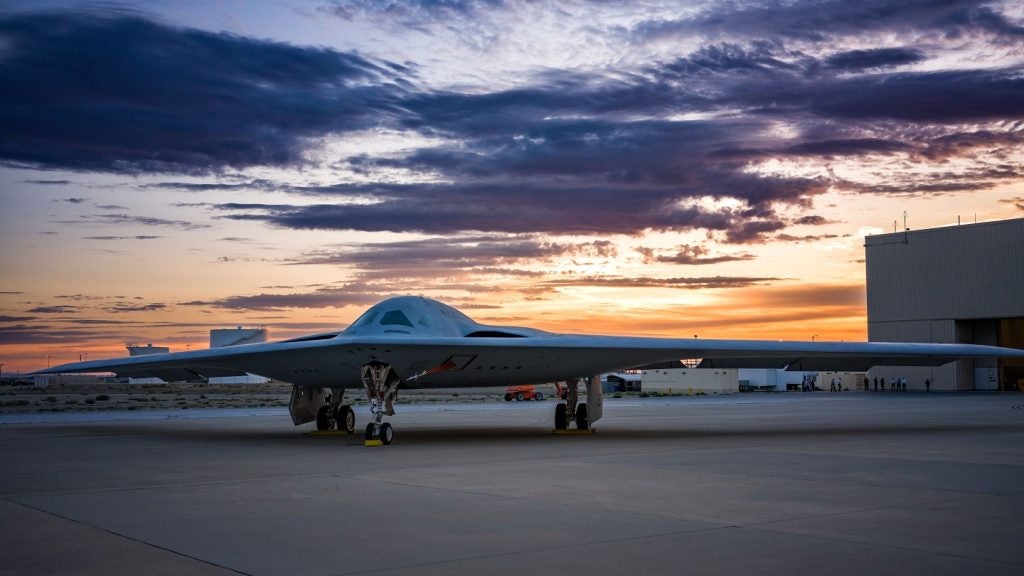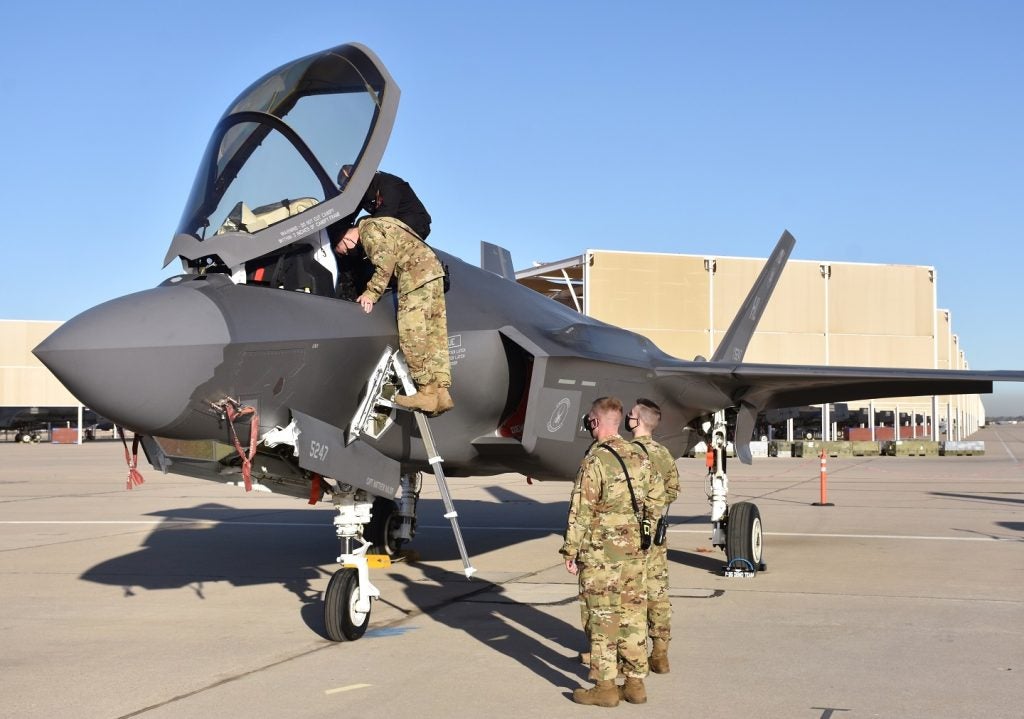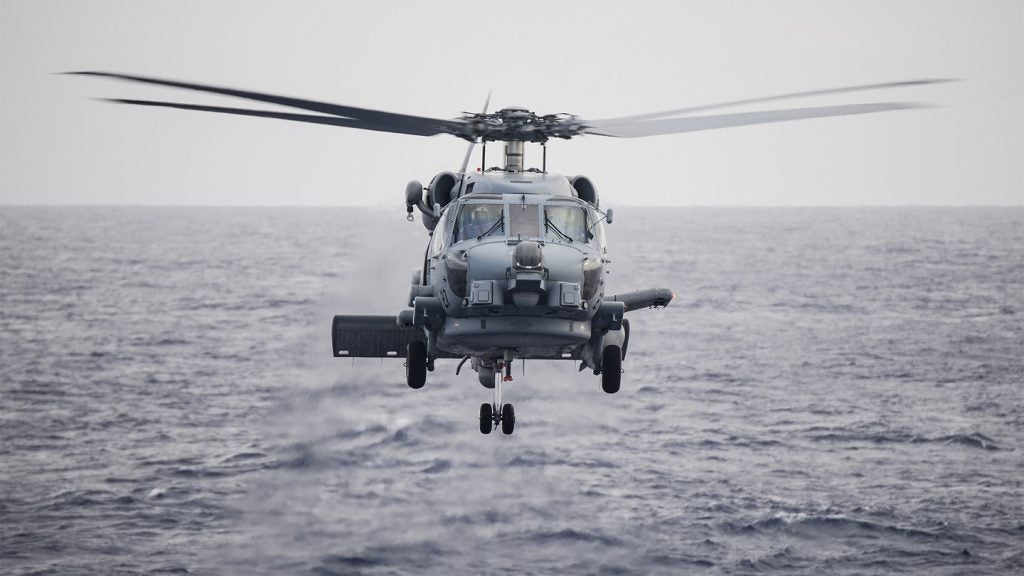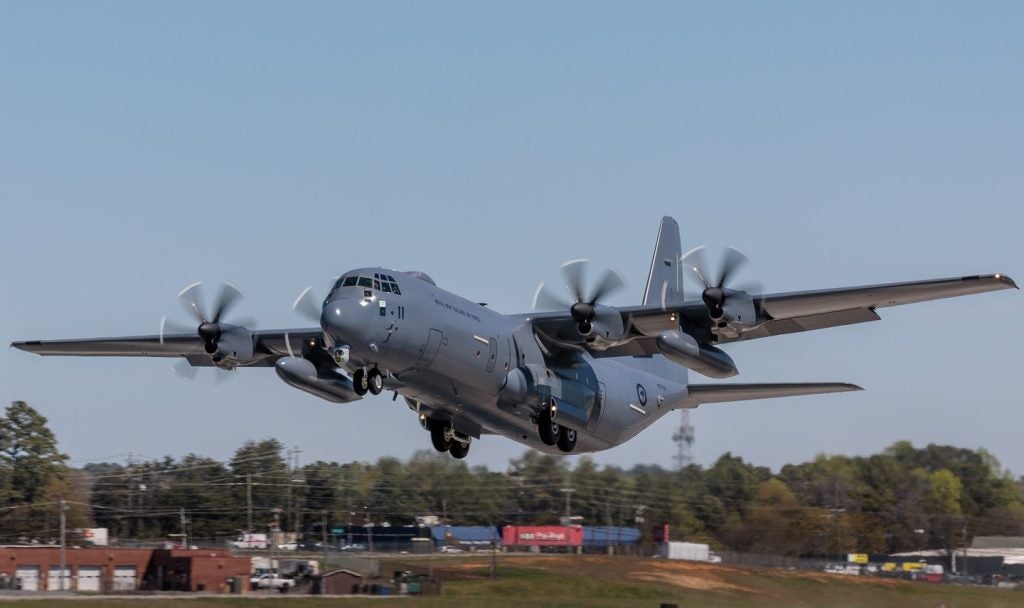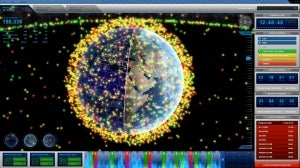
The Lockheed Martin-developed Space Fence radar system prototype is undergoing testing as part of US Air Force’s (USAF) Space Fence programme.
The Space Fence is currently tracking orbiting space objects using powerful, new ground-based radars while providing space situational awareness for the USAF.
Lockheed Martin Mission Systems & Sensors business Space Fence programme vice president Steve Bruce said that the final system design features scalable, solid-state S-band radar, with a higher wavelength frequency capable of detecting much smaller objects.
"The successful detection and tracking of resident space objects are important steps in demonstrating technology maturity, cost certainty and low program risk," Bruce added.
"Our net-centric design approach allows Space Fence to be easily integrated into the broader US Space Surveillance Network of sensors already operated by the Air Force."
How well do you really know your competitors?
Access the most comprehensive Company Profiles on the market, powered by GlobalData. Save hours of research. Gain competitive edge.

Thank you!
Your download email will arrive shortly
Not ready to buy yet? Download a free sample
We are confident about the unique quality of our Company Profiles. However, we want you to make the most beneficial decision for your business, so we offer a free sample that you can download by submitting the below form
By GlobalDataThe radar system will be able to detect orbiting objects and debris passing over the US, and will replace the existing USAF space surveillance system, known as VHF Fence, originally installed in 1961.
The system will field two or three high-power, S-band ground-based radars to provide the air force with detection, tracking, accurate measurement and cataloguing of resident space objects, primarily in low-earth orbit.
The Space Fence radars will be located at strategic sites globally to expand worldwide surveillance coverage.
Lockheed received an 18-month $107m Space Fence prototype contract from the USAF in January 2011 and the preliminary design of the system was recently formally approved.
The USAF is planning to award a Space Fence production contract later in 2012 while the initial operational capability of the first of several Space Fence sites is expected in 2017.
Image: USAF’s new Space Fence radar system prototype tracks orbiting space objects during testing. Photo: Lockheed Martin.



